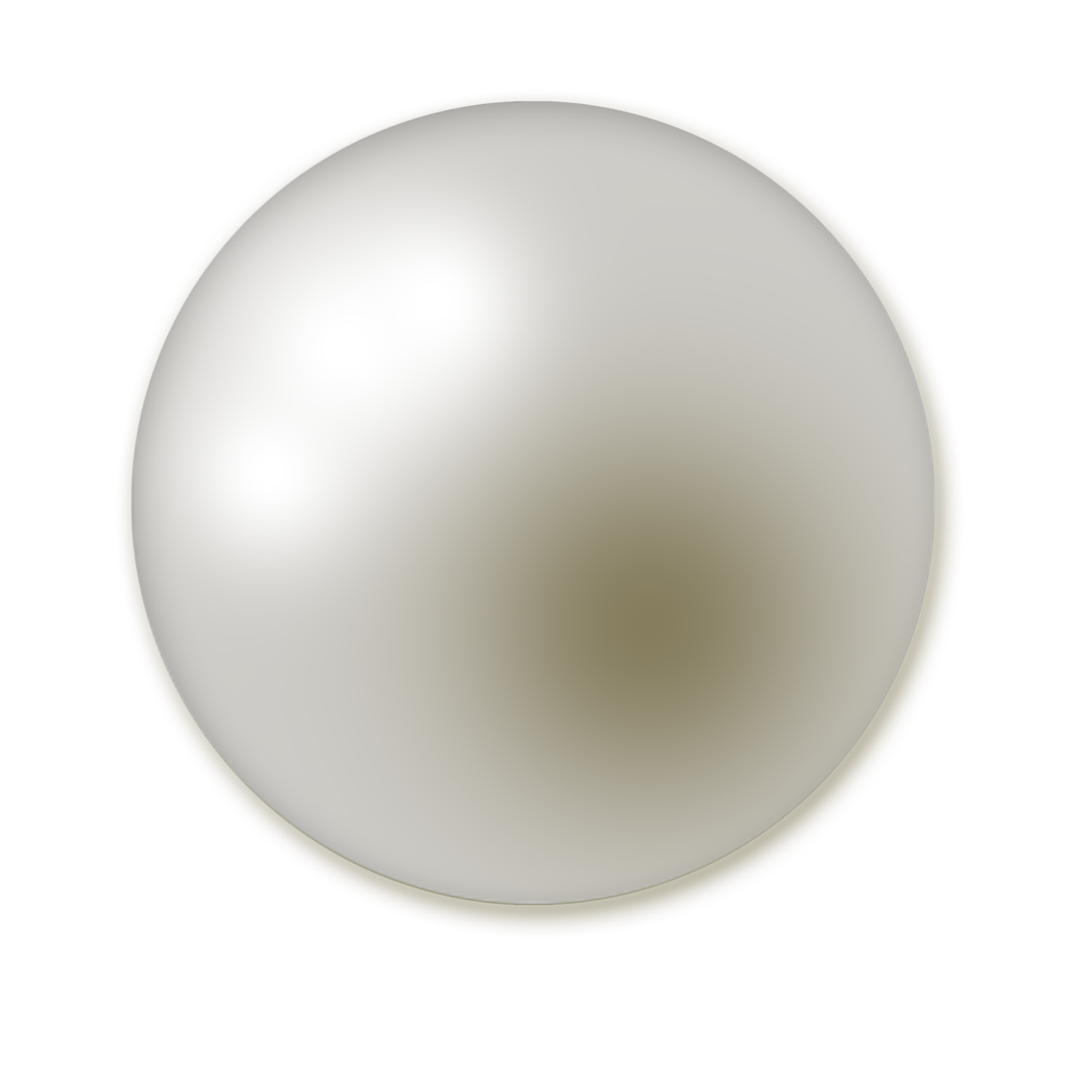Emeralds are beryls that comes in variety of green to bluish green. The much lighter green beryls are known as beryls.
Facts on Emeralds
The oldest emerald is aged at 2.97 billion years ago, found in South Africa. Emeralds were made popular by Cleopatra, as it was one of her favourite gemstone. Emeralds mineral composite is Be3Al2Si6O18. The refractive index for emeralds are 1.577 to 1.583 and birefringence of 0.005 to 0.009. It has MOHs hardness of 7.5 to 8 and specific gravity of 2.72.
Green Emeralds
The darker and intense green gems are known as emerald, while the much lighter green are usually known as beryl by gemologists. The richer and stronger the chromium that makes up the green in the gem, the more valuable and expensive the emerald are.
The Origins of Emeralds
Emeralds are originally found in mining sites in Colombia, Brazil, Africa, Pakistan and Afghanistan.
Emerald is the birthstone for those born in the month of May and is also the green emerald can be used as heart chakra stone.
Treated Emeralds
Emeralds that is sold for jewelry has usually gone through treatment processes. Two of the most common treatments for emeralds are dyeing and fracture fillings.
Emeralds that are paler are dyed with green and fractures filled with oil, wax and artificial resin to improve the clarity of the gems.
Emeralds must be cared and avoid exposure to heat and air pressure and ultrasonic cleaner as they can cause the filler to sweat out the resins from the fractures.
Synthetic Emeralds
Other than treatment, there are also synthetic emeralds that are lab grown. Synthetic emeralds usually share the same chemical composite of the natural gems. Synthetic emeralds are usually created through the flux-growth process.
Flux is a solid material that, when melted, dissolves other materials in the same way that water dissolves sugar. As the dissolved chemical solution gradually cools, synthetic crystals form.
Growing a synthetic gem by the flux method requires patience and significant investment. Crystal growth can take up to a year, and the equipment is very expensive. But the results, are well worth the time and effort.
The first hydrothermal quartz was created in the 1890s in labs. After World War II, synthetic quartz was made commercially available.
Synthetic beryls are available in many different colors including yellow, red, blue (aquamarine) and green (emerald). In the late 1980s and 1990s, Russia became a significant producer of these synthetic gems such synthetic beryl and synthetic corundum, synthetic diamond and synthetic alexandrite.
Imitation Emeralds
In addition to treated emeralds and synthetic emeralds, there are also imitation emeralds. Imitation are usually man made to imitate emeralds.
Imitation emeralds are usually created from natural colourless quartz. The quartzs are heated and then quenched in a cold, liquid solution to develop a series of cracks throughout the quartz. Dye solutions are injected to fill the quartz fractures to make them look like emeralds. This can be detected by checking the stone under the microscope.
